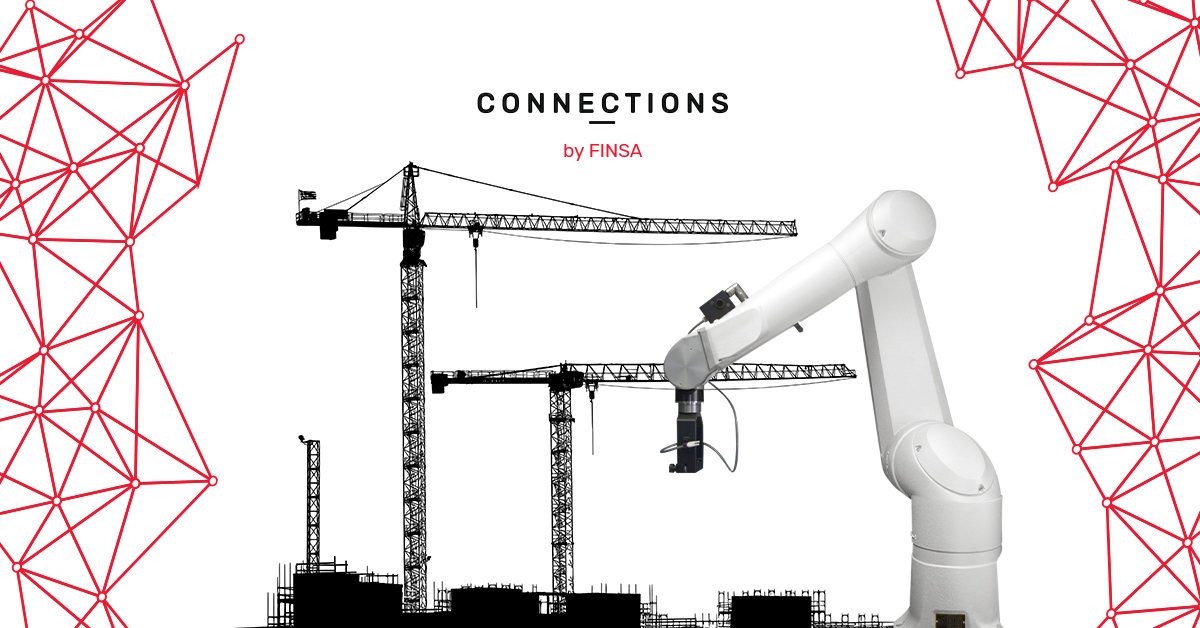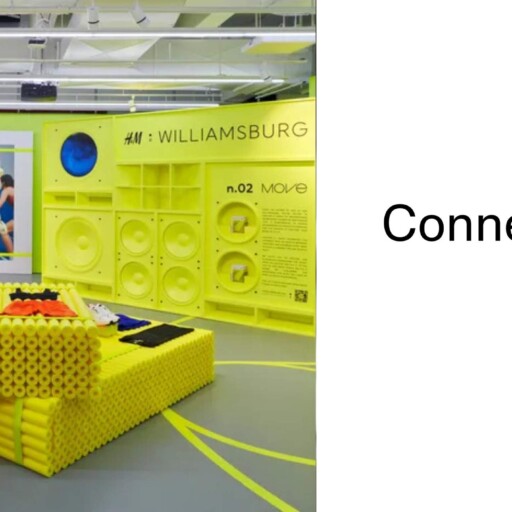We are living in the globalisation era, a world in which the connection between people and companies forms part of our daily lives. Digitalisation is already here, and the future of the building sector is, without a shadow of a doubt, also digital. New technologies and applied artificial intelligence have revolutionised systems and results and brought about a Copernican shift in the way that we develop, design, and build.
The use of software programs transformed the way that projects were carried out. We’ve gone from CAD software for 2D architectural plans and design to the virtual methodology known as Building Information Modelling (BIM), which allows projects to be carried out using an integrated, global approach. It represents a huge qualitative leap that leaves traditional construction behind and focuses on construction 4.0 in a collaborative way.
Ver esta publicación en Instagram
Automation and collaboration
BIM tools show us the true potential of automation. Guillermo Plaza, who works in Finsa’s Technical Consulting Department, explains that they “connect the data and use them to produce a 3D image of the building. It allows us to go from plans with disconnected information (CAD), to standardising, automating, and sharing that information. For example, we can control the structural design and the way it interacts with installations and finishes, use a component catalogue, obtain a list of measurements, energy analyses, construction plans, execution control, and more”. This is all done using collaboration in real time, with data and shared processes, and using the same language with each party involved in the project, from the architects and engineers to builders, developers, and manufacturers. The information is also centralised in a virtual model of the building known as “digital twin”.
Ver esta publicación en Instagram
¡BIM-BAM-BOOM!
This digital model is also the key to managing the building during its lifecycle. In fact, the application of this technology over time is essential. Former director of global architecture, engineering, and planning firm HOK and current president of buildingSMART International, American architect Patrick MacLeamy, uses another acronym, BIM-BAM-BOOM, to explain, in a clear and simple way, the concepts behind BIM and the advantages of the three most important phases of a building’s useful life (approximately 50 years). It also explains the very real promise of having access to an information model that is available long-term:
- BIM is the beginning of the whole process, when the architect uses a 3D model to investigate and optimise the design options.
- BAM (Building Assembly Modelling) is the construction and assembly phase, when the contractor is provided with the design.
- BOOM (Building Operation Optimization Modelling) is the operational phase, when the owner is provided with the model, allowing them to manage the building, program maintenance and, as a result, guarantee its optimum performance.
Ver esta publicación en Instagram
Ver esta publicación en Instagram
The main advantages of BIM
As Macleamy says, the better the design, the better the construction, the better it works. Some of BIM’s advantages include lower costs; better control of the project; plans that are reliable, easy to understand and access for everyone involved, and that adapt more quickly to changes; improved decision-making; shorter lead times, and the provision of operation and maintenance manuals.
The benefits that come with applying this software are clear. A study conducted by Stanford University looked at thirty BIM projects and found that changes that had not been budgeted for fell by 40%, the time to work out the projected cost fell by 80%, and execution time fell by 7%. With such significant potential savings, investing in BIM is better than paying for all those errors that can crop up during the assembly and operational stages when you don’t have this digital platform to help.
Ver esta publicación en Instagram
Platforms for downloading BIM objects: catalogues and libraries
Another great advantage of BIM is that, unlike CAD, it uses a whole library of objects that contain information and parameters, such as data sheets and certifications, that can help you create a better project. The BIM catalogue is a list of components that belong to the same set and that are organised into categories or families, such as ‘doors’, ‘windows’, and ‘furniture’, similar to a dictionary. The library is where these catalogues are saved in file forms.
Ver esta publicación en Instagram
This is why a manufacturer that has their products in BIM format has a clear advantage: the more web portals that access their catalogue, the more visibility their products get, the more chance there is of them being seen by the right people. Finsa offers their timber ‘habitat’ solutions in BIM format and are working with Modelical on a digital transformation to adapt to the new needs of the construction sector via the Bimémtica, BimObject, and Bim&Co platforms. They hope to use this process to incorporate BIM methodology, thus improving collaboration between developers, architects, interior designers, and builders.
Ver esta publicación en Instagram
The two speeds of BIM implementation
If BIM is so powerful, why hasn’t it been more widely adopted in Spain? Why does it continue to be a challenge? Well, even though it’s set to be the main approach to design, the building sector takes a little longer to jump on the bandwagon when it comes to new technologies. All tech revolutions are a challenge, yet BIM isn’t new (it’s been around for years) and its use is still far from uniform.
So, while the big architecture, engineering, and building companies already work with BIM, smaller firms are far less digitalised. “In general, it’s quite a conservative sector. The initial barriers that come with a new technology usually generate a lot of uncertainty, especially in smaller organisations that have been working the same way for years. There’s a necessary learning curve that requires some effort,” says Plaza. He also points out that “BIM is not usually used for projects that cost less than 1 million euros. Professional developers that have a technical department use BIM alongside architectural studios that are ready for it [and this is] something that a lot of big builders are doing, but smaller, more local contractors and suppliers aren’t yet using this collaborative platform and continue to work analogically. There are two very different speeds at play here”.

A few years ago, an analysis about the future of digitalisation in construction was published by Fincalcad. It was carried out in collaboration with 400 different construction companies in Spain, France, Singapore, and Japan. It found that almost half of those surveyed (47%) believed that they were lacking the digital capacity required to cope with the demands of a smart city. Sixty-eight percent said that they couldn’t register or share data in real time about, for example, where materials were sourced or the amount of waste material from a construction site that was recycled. The study also found that the digital gap posed a problem when it came to transformation: 96% of the companies surveyed said that their staff did not have the necessary training or abilities to use digital tools.
Less-than-digital administration
Closing the digital gap once and for all and reaching construction 4.0 is not just the responsibility of the private sector. The public sector is also facing a huge challenge. In the US, the company in charge of the administration of all of the country’s government buildings has made it compulsory for all tenders to be submitted using BIM software. The UK did the same thing in 2016 with a similar law for public tenders. In Spain, this law has been in place since 2018; however, since many technical teams aren’t yet intimately familiar with this tool, the projects are accepted in BIM alongside the traditional version (i.e., PDF plans), and the latter is what actually ends up being used. Cultural change, changes in habits, are slow, meaning that digital technology is also moving at two different speeds when it comes to public contracts.
What will happen to architecture?
With the emergence of BIM and, most importantly, the software that makes certain urban analysis processes much easier, there has been some concern that the traditional architect is now seen as somewhat limited. The platform helps us create optimised projects, but some believe that the automation of design will have a negative impact on the profession. Nevertheless, many others believe that BIM won’t replace existing methods, but rather will provide more efficient tools and make the architect’s job easier. As Plaza says, “Do we still need [architects] for a project to be approved? Yes. Has [the architect] been replaced? No. Responsibility doesn’t just disappear because there’s a new digital tool available. However, it definitely speeds things up”.




